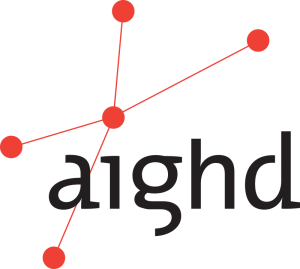EXECUTIVE SUMMARY
About 100 million of the world’s population is driven into extreme poverty due to ill health and lack of access to quality healthcare. Governments prioritize to ensure that the population accesses essential health services without facing financial hardships through a renewed international commitment to implement Universal Health Coverage (UHC). The i-PUSH program is a collaborative partnership between AMREF Health Africa and PharmAccess Foundation to actualize access to affordable quality healthcare by improving the healthcare infrastructure, community health volunteers’ (CHVs) knowledge, and access to health insurance for the population in Kenya through innovative mobile technologies. This study aimed to provide a deep insight into the household and healthcare financing in rural and peri-urban communities in two Counties (Kisumu and Kakamega) in Kenya to provide evidence on the perceptions of populations to health insurance, saving for health, and health-seeking behavior of communities in such contexts. This was to provide a basis for more research on the feasibility and sustainability of health insurance use and impact on health outcomes for the populations in the study settings, as well as to inform the programming of the i-PUSH program and UHC implementation.
The key findings from the study showed that many women in the study sites did not have a steady income, which limited their decision-making power in the households on what to prioritize. This unsteady income influenced the saving culture, whereby most women only saved when the money was available. Household needs were mentioned as a major motivating factor for saving. The majority took no deliberate effort to save for healthcare as access to healthcare was for free due to UHC in Kisumu and Oparanya care in Kakamega, or use of Linda Mama (free maternal healthcare) that only required a registration fee (KES 100). Paying for healthcare insurance premiums was considered a challenge due to the low income of the population. Access and utilization of healthcare services were based on the perceived severity of the disease, affordability, availability of health services, and adequate healthcare staff. Cultural and religious contexts to healthcare utilization were also mentioned as determinants of seeking healthcare, where spiritual prayers, use of herbs, or herbalists could be preferred for some diseases/illnesses.
The implications of the findings include:
•The source of daily cash flow for the households influences the decision-making power of women in the households including what to prioritize.
• Saving culture is widely practiced but more prioritized for household needs than for health-related expenses.
• Willingness and ability to pay for health insurance are challenged by access to free healthcare and low-income earnings.
•Preference for specific healthcare pathways depends on social, economic, and cultural factors.
To read the full publication, click here.

